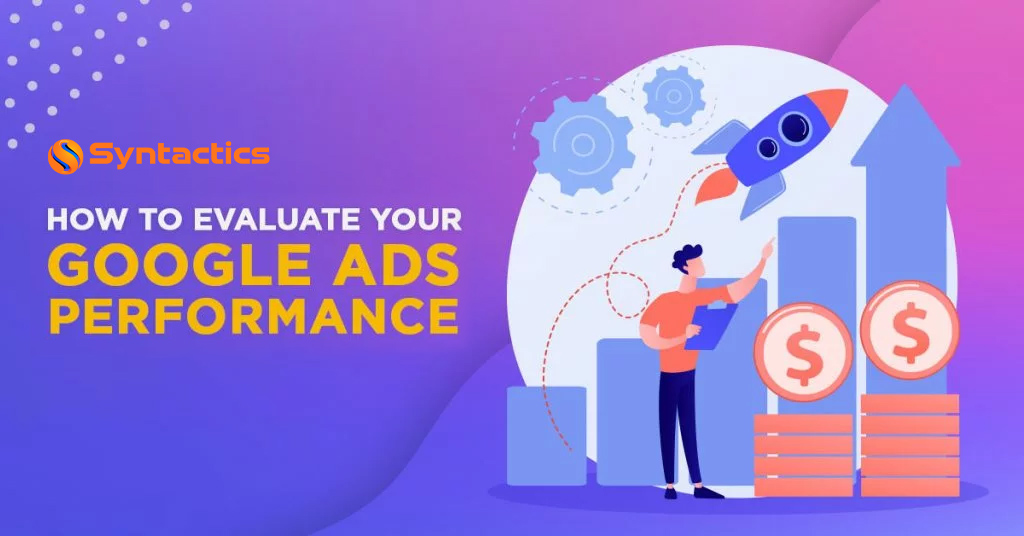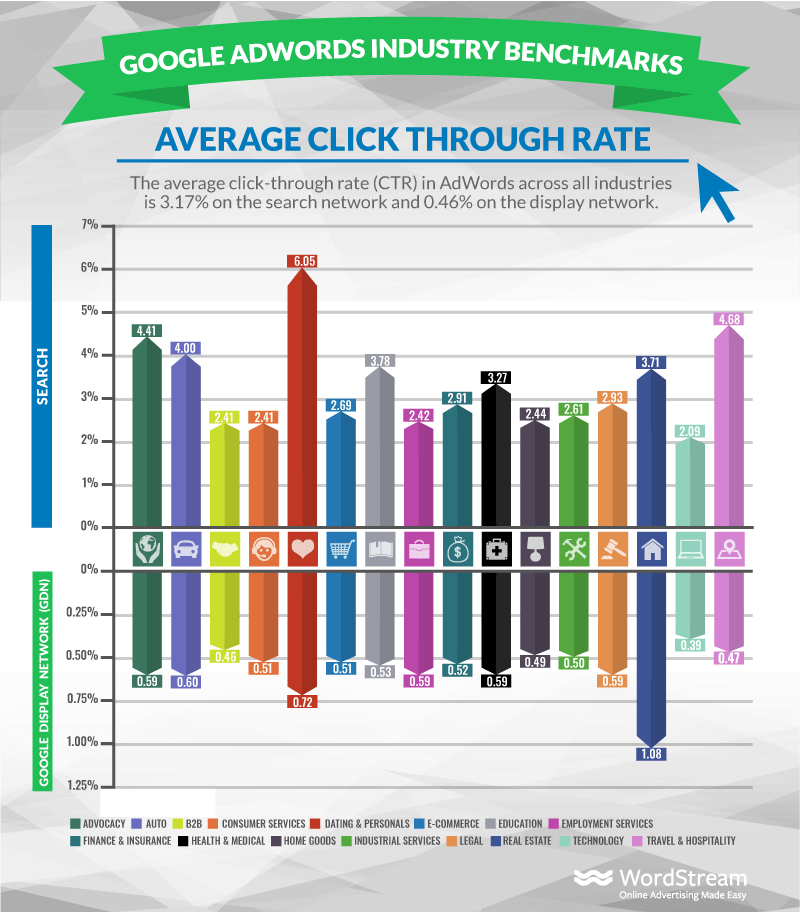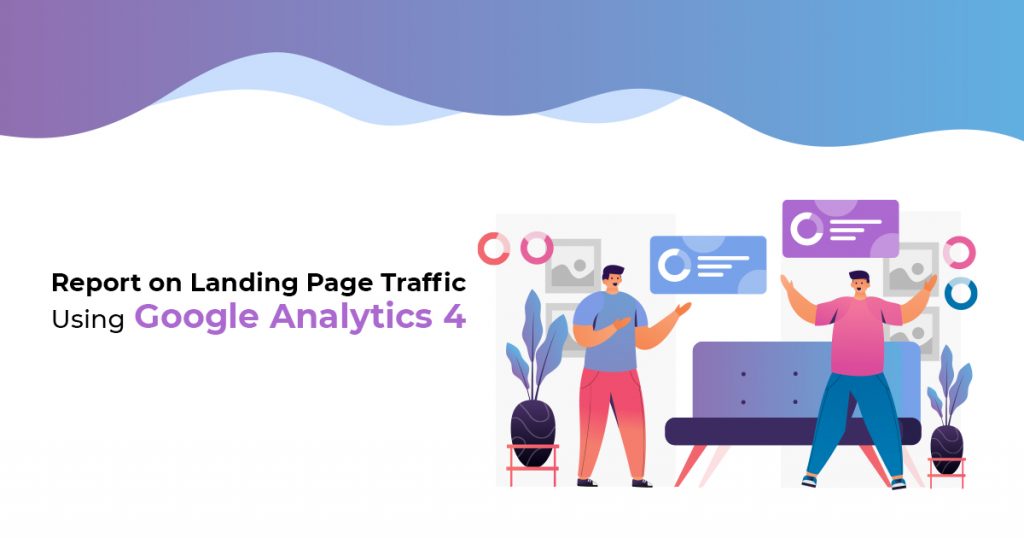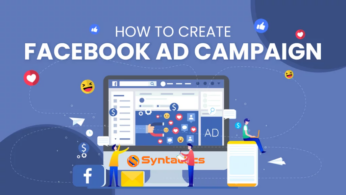
How to Evaluate Your Google Ads Performance
Promoting your products or services with Google Ads helps you gain several customers. That is why, you must know how to check if you’re getting more customer inquiries than before. That said, businesses must evaluate Google Ads campaign performance to improve site traffic and increase sales.
Let’s discuss the different metrics you should monitor to check your campaign performance properly!
How to Analyze Google Ads Performance
To check if your ad campaign meets your business goals and financial capabilities, you need to monitor them based on three types of metrics:
- Traffic-based;
- Conversion-based, and
- Return on Investment-based.
To better understand how it’s done, check them out below for more information:
Traffic-Based Metrics
The first thing you can look into to evaluate your Ads performance is your traffic-based metrics. You can gain insights into key aspects of visitor interactions, such as:
- User behavior;
- Engagement levels;
- Traffic sources, and
- Overall performance.
Insights from traffic-based metrics can help you optimize Google Ads for better conversion rates and user experience. Within these metrics, includes the following:
Impressions
A Google Ad impression is the number of times your audience has seen your ad. Pay-per-click or PPC experts can use this to measure your ad’s reach and market visibility.
High impressions are a signal of effective keyword targeting. However, if your impressions aren’t as high as your key performance indicators or KPIs, consider the following questions:
- Is your budget large enough to achieve the traffic you want? Google stops displaying ads once your budget has been exhausted, halting your impressions. If your budget is limited, so is your traffic.
- Are your bids competitive enough to display your ads?
- Is your quality score good enough to boost ad rankings?
Impression Share (IS)
Impression Share is a metric that focuses on the percentage of impressions your Google Ad received out of the total it was eligible to receive. IS gives insights into how effectively your ads reach your desired audience. It allows PPC experts to check out what opportunities you’re missing out on.
IS can provide reasons as to why your ad didn’t appear on search results pages. Thus, high IS means your ads are competitive and appear to people frequently.
Interactions
Interactions are the main actions of your ad format, including views for video ads or clicks for product shopping ads. However, this metric goes beyond clicks and measures user engagement with your ads.
Interactions provide a comprehensive view of user interactions across different ad formats and channels. It helps PPC management experts better understand campaign effectiveness.
Clicks
It is a metric that measures how many times people click your ads and a primary indicator of engagement. The more clicks you have, the more your ads resonate with your audience. PPC experts can identify which keywords work best for campaigns by looking at clicks.
Click-Through Rate
The CTR is the percentage of people who viewed and then clicked on your Google Ad. You can analyze ad performance based on its relevance to your audience. Thus, you can use it to check the effectiveness of your campaigns!
PPC management services can calculate CTR by getting the ratio between total clicks on an ad and its total impressions.
Overall, it’s best to consider the average CTRs for your industry.

Source: WordStream.
High Click-Through Rates indicate your ad has been optimized with the right keywords and copy and target the right audiences. However, low rates suggest your ad may need a revamp. In these cases, consider using A/B Testing to improve your Ads performance.
Device Performance
The device performance metric tracks how your Ads perform on different devices, including:
- Desktops;
- Mobile phones, and
- Tablets.
Understanding device performance allows PPC management experts to optimize your campaigns for specific devices. They can base this optimization on various factors like user behavior and conversion rates. If mobile devices have higher conversion rates than desktops, you can allocate additional budget or optimize landing pages for mobile ads.
Quality Score
The quality score metric is Google’s estimated rating of your campaign’s quality and relevance. It helps PPC management services evaluate Google Ads performance in terms of the following:
- Your overall account;
- Ad campaigns;
- Ad groups;
- Keywords;
- Ads, and
- Landing pages.
In addition to indicating your campaigns’ relevance and effectiveness, Google uses quality scores to determine your Cost-Per-Click and ad rankings. PPC management services can evaluate your quality score based on:
- Your keyword and ad CTR;
- Ad group keyword relevance, and
- Landing page quality.
A positive page user experience guarantees a higher score.
To improve this metric, you can optimize your ads with keywords and phrases your audience will likely search for. Also, you must create ads that are relevant to what you’re advertising to increase clicks. Refining your campaigns with these tips can help boost your quality score while reducing costs.
Ad Groups
An ad group contains one or more advertisements that share a keyword set. A campaign is made up of such ad groups. Thus, PPC experts can organize ads by a specific theme, such as product or service types.
You can check ad groups to know which ones contribute more to your conversions and how much they cost. You can adjust or update your keywords and ad copy to improve your performance.
Ad Position
Ad Position refers to where your Google Ad appears on the search results page relative to other ads. This is typically numbered from 1 to 10, with 1 being the top.
This metric can significantly impact your ad’s visibility and CTR. For instance, higher positions result in more clicks but may come at a higher Cost-Per-Click.
Keyword Performance
PPC management services can analyze keyword performance, especially if your goal is to increase ad conversions.
Of course, you must focus your budget on keywords that result in conversions! You can later add more keywords or modify them to improve performance. Then, if they become too costly without giving you the expected conversions, you can pause them.
Ads and Assets
You can see all of your ongoing ads under the Ads tab on your Google Ads dashboard. Here, you can also see the campaign and ad group they belong to. The tab also shows you the following details:
- Status;
- Ad type;
- Impressions;
- Interactions, and
- Interaction rates.
Also, you can pause low-performing ads in this section. Moreover, you can see the following information related to your campaigns:
- Cost;
- Average cost;
- Conversions;
- Conversion rates, and
- Cost Per Conversion.
Then, under the Assets tab, you can get reports regarding the performance of your extensions, including:
- Callouts;
- Sitelinks;
- Structured snippets;
- Calls;
- Locations;
- Affiliate locations;
- Leads, etc.
As such, if you click on an existing extension, Google Ads will show you a report on the following:
- Levels
- Status
- Impressions
- Costs
- Clicks
- Conversions
- Conversion rates
- Costs Per Conversion
Ad extensions are extra details that can enhance your ads by offering more context and boosting user engagement. Examples of ad extensions include the following:
- Site link extensions
- Call extensions
- Structured snippets
- Location extensions
- Affiliate location extensions
- Lead form extensions
- Price extensions
- Promotion extensions
- Callout extensions
- App extensions
By analyzing your ad extensions’ performance, you can examine how well they enhance your ad’s effectiveness. It allows PPC experts to identify the extensions that resonate best with your audience, allowing you to improve your Ads performance accordingly.
Conversion-Based Metrics
Aside from traffic-based metrics to help evaluate Ads campaign performance, you also need to check conversion-based ones. These are vital for seeing how your Google Ads help you get more calls or inquiries and generate sales. A conversion occurs when a person clicks on an ad and performs any of the following actions:
- Signing up for a newsletter;
- Purchasing a product, or
- Downloading and installing a mobile application.
Ideally, each conversion value should be greater than how much you spent to achieve said conversion.
Conversion Rate
The conversion rate determines how many people clicked on your ad and completed a trackable conversion action, including the following:
- Filling out and submitting an inquiry form;
- Purchasing a product, or
- Calling your business.
Conversion rates give PPC experts insights into traffic quality and landing page efficiency. Also, this metric identifies which keywords are best for increasing CTR.
Cost Per Conversion (CPC)
Reviewing Cost Per Conversion allows PPC management services to identify how much, on average, you’re spending for each conversion. It helps you analyze profitability.
Cost Per Click
Cost Per Click is how much you’re paying for each click. Use this formula to calculate this metric:
CPC = Total Ad Spend / Number of Clicks.
It helps PPC management services quantify the exposure your Google ads are generating. You can use CPC to evaluate Google Ads performance, specifically to manage your budget effectively.
Cost Per Acquisition (CPA)
Cost Per Acquisition focuses on how much your business pays to get a conversion. When looking at this metric in tandem with Cost per Click, you can get a better picture of whether or not your Google Ads are making money.
Return on Investment-Based Metrics
If you want to evaluate your Ads performance based on your advertising goals, you can examine your ROI-based metrics. They reveal the real-time effect of your campaigns on your business.
Thus, you’ll see how much you’re making and which keyword match types and ads generate sales through your campaigns.
Return on Investment
This Google Ads metric compares profits to expenses and can be determined using this formula:
Ads ROI = [(Total Profit – Advertising Costs) / Advertising Costs] x 100.
This metric is based on your advertising goals and illustrates its effects on your business. PPC experts can use ROI to see whether your ad spend results in profits.
The higher your ROI, the greater your profits. However, negative ROI may indicate your ads are still stabilizing or are in need of improvements.
Return on Ad Spend (ROAS)
ROAS is revenue generated for every dollar spent. It allows PPC management services to assess how effectively your ad campaign generates revenue.
Customer Conversion Tracking
You can track which call or inquiry results in customer conversion. Analyzing the customer’s value enables you to pinpoint and prioritize campaigns with higher ROI.
Evaluate and Improve Campaigns Today!
Overall, you must carefully evaluate and improve your Google Ads performance using various metrics. In doing so, determine relevant keywords and campaigns that work best for your business.
By evaluating campaigns with traffic-based, conversion-based, and Return on Investment-based metrics, you can optimize your Google Ads. That way, in the next campaign, you’ll know what needs to be done to achieve your business advertising goals.
Get the right guidance for evaluating Google Ads campaigns from a reliable PPC management services provider today!
This blog was updated on February 20, 2025.
FAQs About Google Ads
What is the success rate of Google Ads?
The success rate of Google Ads can vary depending on certain factors, such as campaign goals, targeting strategies, and ad quality. However, according to WebFX, its average conversion rate is 3 to 6%.
Is $10 a day enough for Google Ads?
It depends on your goals, industry, budget, and campaign type. It’s essential to assess and determine if $10 a day is sufficient for your needs.
Is Google Ads better than Facebook ads?
The answer will be based on your marketing goals.
- Google Ads may be more effective for immediate sales or high-intent leads.
- Facebook Ads are suited to building brand awareness or engaging with potential customers.
As a result, many businesses use both to maximize their reach and effectiveness.


















Comment 0